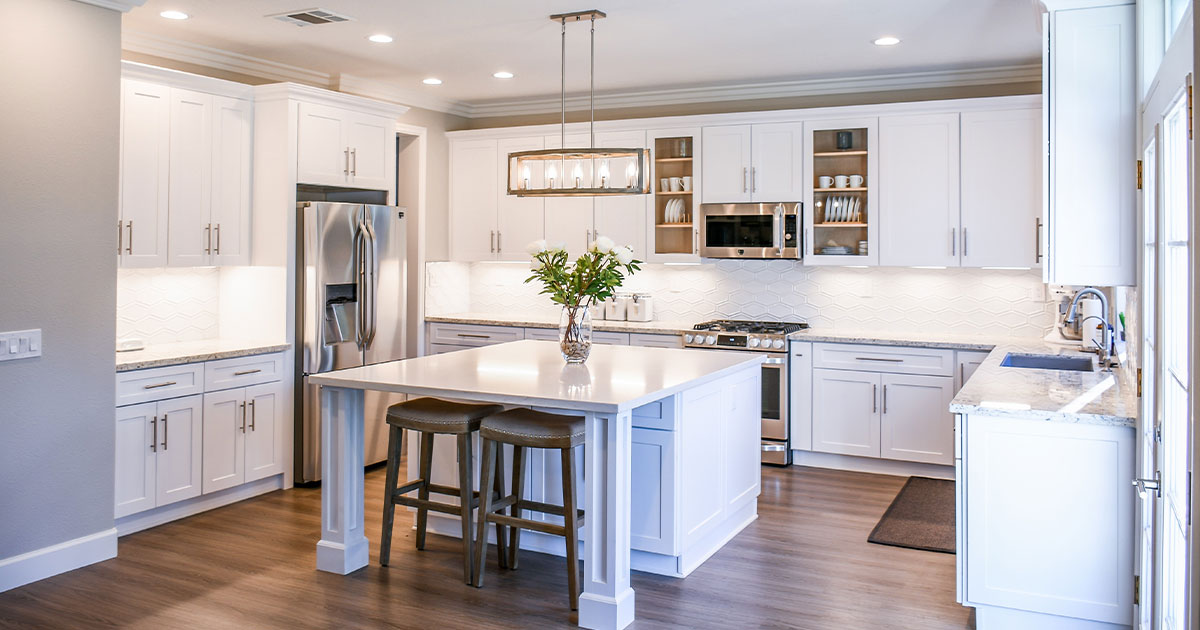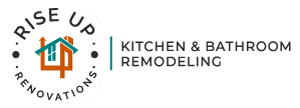:root { --mx: 72ch; }
body { font-family: system-ui, -apple-system, Segoe UI, Roboto, Helvetica, Arial, sans-serif; line-height: 1.6; color: #1b1b1b; margin: 0; }
main { padding: 2rem 1rem 4rem; max-width: var(--mx); margin: 0 auto; }
header { margin-bottom: 1.5rem; }
h1 { font-size: clamp(1.8rem, 2.5vw + 1.2rem, 2.6rem); line-height: 1.2; margin: 0.25rem 0 0.75rem; }
h2 { margin: 2rem 0 0.5rem; font-size: clamp(1.35rem, 1.2vw + 1rem, 1.6rem); }
h3 { margin: 1rem 0 0.25rem; font-size: 1.15rem; }
figure { margin: 0; }
img { width: 100%; height: auto; border-radius: 8px; }
.lede { font-size: 1.05rem; color: #333; }
.muted { color: #555; }
.table { width: 100%; border-collapse: collapse; margin: 0.75rem 0 1rem; font-size: 0.95rem; }
.table th, .table td { border: 1px solid #e7e7e7; padding: .6rem .7rem; vertical-align: top; }
.table th { background: #fafafa; text-align: left; }
.tips { background: #f7fbff; border: 1px solid #e3f0ff; padding: .85rem 1rem; border-radius: 8px; }
.note { background: #fff8e1; border: 1px solid #ffe8a1; padding: .75rem 1rem; border-radius: 8px; }
details { border: 1px solid #e7e7e7; border-radius: 8px; padding: .75rem 1rem; margin: .75rem 0; background: #fff; }
details summary { font-weight: 600; cursor: pointer; }
ul { padding-left: 1.25rem; }
.grid { display: grid; grid-template-columns: 1fr; gap: 1rem; }
@media (min-width: 760px) { .grid { grid-template-columns: repeat(3, 1fr); } }
footer { margin-top: 2.25rem; font-size: .95rem; color: #444; }

Pricing shifted over the last few years. This 2025 update distills what actually drives cost, how to budget without guesswork, and where to splurge vs. save for the best long‑term value.
Key takeaways
| Key insight | Why it matters |
|---|---|
| Realistic budgeting | Prevents scope creep and surprise costs. |
| Scope clarity | Drives schedule, trades, and total cost. |
| Material choices | Impact durability, maintenance, and look. |
| Labor rates | Reflect market, skill level, and complexity. |
| Home value impact | Smart updates can return a strong ROI. |
| Contingency | Hold 10–20% for surprises. Non‑negotiable. |
Go in with a plan—these foundations set you up for a smooth, cost‑aware remodel in 2025.
What actually makes up the cost?
Total cost is the sum of many moving parts. Design, materials, trades, and permitting all pull weight. Here’s a typical 2025 split (your mix may shift by scope and region):
| Cost component | Typical share |
|---|---|
| Cabinetry & hardware | 28–32% |
| Installation | 16–20% |
| Appliances & ventilation | 12–16% |
| Countertops | 8–12% |
| Flooring | 6–10% |
| Lighting | 4–6% |
| Walls & ceilings | 4–6% |
| Design fees | 3–6% |
| Doors & windows | 3–5% |
Use this as a guide, then tailor to your scope, market, and timeline.
How size changes the price
- Small kitchens: Focused refresh with new surfaces and standard appliances: $18k–$30k. Full gut with layout tweaks typically starts near $40k.
- Mid‑size kitchens: Many land around $30k–$60k. Custom cabinetry or layout moves can push to $75k+.
- Large kitchens: Feature‑rich spaces frequently range $80k–$120k+; chef‑grade appliances and custom millwork move the needle fast.
Materials: where to save—and where not to
Countertops
Laminate often starts near $15/sq.ft.. Installed quartz or granite commonly falls in the $60–$110/sq.ft. range depending on slab, edge, and cutouts.
Cabinetry
Big‑box stock can be a few thousand; semi‑custom improves fit and finishes; true custom typically lands in five figures once inserts and specialty paint are added.
Flooring
Vinyl plank/laminate start around $3–$4/sq.ft.. Engineered hardwood and premium tile often run $8–$12+/sq.ft. installed.
Tip: Choose for durability and cleanup first, then style. Think resale and daily wear—not just the showroom look.
Labor & team
Labor remains a major share. Complex scopes and compressed schedules cost more. A general contractor (GC) coordinates trades, inspections, and quality—you pay more up front but usually save time and rework. Learn about licensed general contractors.
Licensed specialists (plumbing, electrical) protect safety and warranty. Their rates are higher than general labor but help you avoid code issues and callbacks. Here’s how to pick the right contractor.
Design choices & layout moves
- Keep services put: Leaving plumbing and electrical in place saves thousands.
- Use smart tweaks: Door‑swing swaps, drawer bases, and lighting upgrades stretch performance. See these functionality ideas.
- Big changes need planning: Removing walls and moving utilities requires engineering and permits—review what not to do.
Appliances & ventilation
Prioritize a proper vent hood and energy‑efficient models. Smart features are nice, but buy what you’ll actually use. Panel‑ready/pro‑style packages can add $10k+ quickly; choose brands common in your market if resale is a goal.
Permits & compliance
Permits keep projects safe and saleable. Plan fees and inspection time into the schedule. Costs vary by municipality—coordinate early with your GC and local building department. If you’re near Kansas City, MO or Lee’s Summit, MO, see our local pages for permit basics.
Unpermitted work can trigger fines, failed appraisals, and insurance issues. Add compliance checks to your pre‑construction list.
Budgeting that actually works
- Separate needs from nice‑to‑haves; lock selections to prevent drift.
- Get multiple line‑item bids; compare scope, not just price.
- Hold a 10–20% contingency.
- Order long‑lead items early to protect the schedule.
- Mix splurge items with value lines; standardize sizes to avoid custom upcharges.
Financing? Match terms to project length and risk. Home‑equity loans, HELOCs, and personal loans each have pros/cons. We also offer flexible financing options with partners in 2025, including promotional plans for qualified buyers.
What recent projects cost (real‑world ranges)
Case study: Mid‑range update
- Total: $30k–$50k
- Semi‑custom cabinets with organizers; energy‑efficient appliance set; GC plus licensed trades.
Case study: High‑end overhaul
- Total: $80k–$120k+
- Custom millwork, slab splash, wide‑plank floors, integrated refrigeration, pro‑style range.
Case study: Budget refresh
- Total: ~$12k–$22k
- Paint, hardware/lighting swaps, vinyl plank, laminate or remnant quartz; owner DIY for demo/paint.
Pro tips to avoid budget blow‑ups
- Decide fast, order early—most overruns come from late changes and lead times.
- Vet references and insurance; align on schedule and clean‑up expectations.
- Protect life‑safety and waterproofing—hire licensed pros for those scopes.
Use our questions to ask when picking a contractor.
FAQs
What does an average kitchen remodel cost?
Cosmetic refreshes can start near $12k. Mid‑range projects often land around $30k–$60k. Large, high‑end kitchens can exceed $120k.
Can I remodel on a tight budget?
Yes—prioritize paint, lighting, hardware, and counters. Keep layout, plumbing, and electrical where they are.
How do I save money without regret?
Compare line‑item bids, reuse cabinets with new doors, pick standard sizes, do simple tasks yourself, and avoid custom where stock fits.
Which updates return the most value?
Minor to mid‑range projects that modernize surfaces, improve lighting, and add storage typically perform best at resale.
How long will it take?
Full renovations average 6–12 weeks, longer with custom pieces or unforeseen conditions. Ordering early protects timeline.
Do I need permits?
Usually for structural, electrical, or plumbing work. Check with your local building department to stay compliant and avoid delays.
